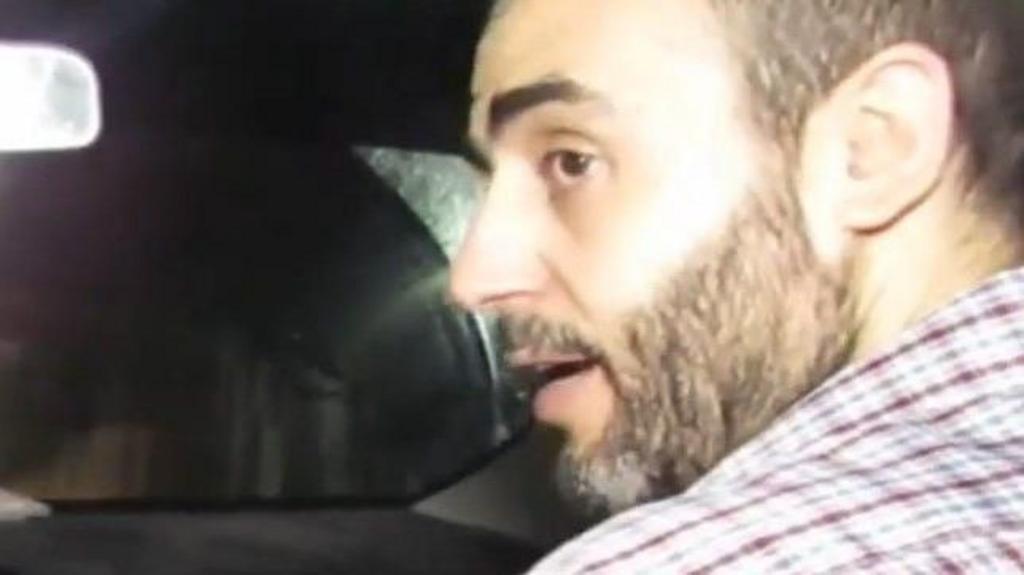The Israel Defense Forces (IDF) announced the discovery and identification of Mohammed Sinwar, Hamas’s top military commander in Gaza.
His remains were located within a tunnel system beneath Khan Younis’s European Hospital, according to a Sunday IDF statement.
DNA analysis confirmed the identification, although Hamas has yet to publicly acknowledge Sinwar’s death.
The 49-year-old Sinwar perished in a May 13th airstrike that, according to Hamas’s civil defense agency, resulted in 28 fatalities and numerous injuries.
The IDF reported finding the body of Mohammad Sabaneh, commander of Hamas’s Rafah Brigade, alongside Sinwar’s.
Further intelligence materials belonging to both commanders were also recovered, pending further investigation.
Additional unidentified remains were discovered within the tunnel complex.
A select group of international journalists were escorted by the IDF to the site in Khan Younis to witness the tunnel firsthand.
Video footage released by the IDF depicts the tunnel’s entrance, leading to a network of underground chambers.
The footage showcases various items within the tunnels, including clothing, chairs, and firearms. One video segment shows the retrieval of a shrouded body via rope.
IDF spokesperson Brig. Gen. Effie Defrin confirmed Sinwar’s body was found within one of these chambers.
Defrin stated that this discovery highlights Hamas’s “cynical use of civilians as human shields, utilizing civilian infrastructure and hospitals repeatedly.”
Israel consistently accuses Hamas of weaponizing and utilizing hospitals as command centers, a claim Hamas denies.
The IDF’s sieges and attacks on Gazan hospitals, along with evacuation orders, have severely crippled the territory’s healthcare system, sparking significant international concern.
The damage to medical facilities and endangerment of patients and staff have prompted widespread condemnation. Following an April Israeli strike on al-Ahli hospital, UN Secretary-General António Guterres expressed deep alarm, emphasizing the international legal protection afforded to the wounded, medical personnel, and hospitals.
Gazan hospital staff consistently refute Hamas’s alleged use of their facilities as bases.
The IDF will likely cite this evidence as validation of its assertions and military tactics. However, comprehensive independent verification remains impossible.
Israel initiated its military operation in Gaza in response to the October 7th, 2023 cross-border attacks, resulting in approximately 1,200 deaths and 251 hostages.
Gaza’s Hamas-run health ministry reports at least 54,880 fatalities since the conflict’s escalation.
The renewed fighting follows the collapse of a prior ceasefire and prisoner exchange agreement.
Israel’s stated objectives remain the eradication of Hamas and the recovery of the remaining 54 hostages, with 23 believed to be still alive.
Mohammed Sinwar joined Hamas shortly after its inception in the late 1980s, eventually rising through the ranks of the Izzedine al-Qassam Brigades to become the Khan Younis Brigade commander by 2005.
Reports suggest Sinwar’s close ties to previous Hamas military chief, Mohammed Deif, and involvement in planning the October 7th attacks. His brother and predecessor, Yahya Sinwar—a suspected mastermind of the October 7th attacks—was killed by Israeli forces last October.
Judi Weinstein Haggai, 70, and her husband Gadi, 72, both Israeli-Americans, were killed during the October 7th, 2023 attacks.
Jeremy Bowen reports on the dismay among Western diplomats regarding the deaths of starving Gazans near aid distribution centers.
The response to a proposed plan is neither explicitly accepted nor rejected, but US envoy Steve Witkoff deemed it “unacceptable”.
Tom Fletcher, Under-Secretary-General for Humanitarian Affairs, notes the obstruction of food aid delivery at border crossings.
The US claims Israel has approved envoy Steve Witkoff’s plan, pending formal Hamas response.

